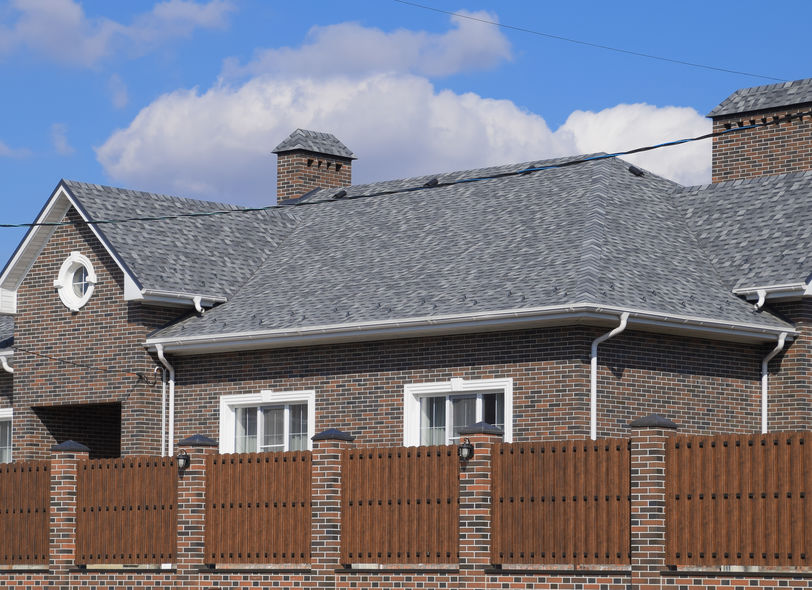- Slate
Slate tiles are considered one of the most durable and quality roofing materials on the market. The fact that it is resistant to fire means that it can withstand extremely hot temperatures from the sun.

- Metal
Metal roofs are a good choice for people who live in hot climates. They have seen a resurgence in popularity over the recent years because of their durability and stylishness. A metal roof forms a thermal barrier by creating an airspace between the roofing and the decking. This air cushion can help cut down on cooling costs, which can save you a lot of money in the long run. Metal roofs are also cheaper than other roofing materials because they can be produced using recycled materials.
- Terra Cotta Tiles
This type of roofing material can stand up to heat for centuries. They are often molded into an “S” shape or half-barrel to form interlocking arches across the roof. The curved shape of the tiles allows good air circulation below the surface, which helps to keep the interiors cooler. The only downside of terra cotta is that it is bulky and expensive. Your roof decking needs to be reinforced first before installing terra cotta tiles to prevent it from crushing in.
- Photovoltaic (PV) Roofs
Photovoltaic roof shingles capture solar power and redirect it into electricity. They are available in different shapes and sizes and do not offer as much aesthetic sacrifice as the bulkier traditional rooftop panels. The energy-efficient technology on PV roofs makes it ideal for hot climates since the stored electricity can be used to power other devices or appliances in your home. However, the start-up investment in solar products and installation is often high and the sustainability of solar energy will depend on per capita sunny days.
- Concrete and Slab
Concrete has the thermal properties of terra cotta but is priced lower making it a great alternative for homes in hot climates. It takes longer to transfer the heat from the sun into your home. Slab concrete may be heavy but still makes a great solution for hot-weather roofs. They come in many shapes and are often dyed to give a little hint of color. Other concrete tiles are fashioned into a wave pattern to improve the air circulation between the decking and the roof surface. This helps to reduce heat transfer as well as cooling costs.
- Rubber-Like Membrane Roofing
These types of roofs are made up of a synthetic rubber known as ethylene propylene diene Monomer (EPDM). EPDM is a strong, weather-resistant thermoplastic that is praised for its long wear and cool technology. Thermoplastic coverings are also resistant to extreme heat and come in white-cool reflective coating options. They are more malleable unlike thermoset and can be reset with heat to roof a more sloped surface.
- Green or Living Roofs
There is a practical value beyond the charm of green roofs as they reduce heat absorption as well as heat loss. This type of roof is made up of plant life that has been suspended over a waterproof membrane. These properties make a green roof ideal for both hot and cold climates. They are a vital asset for densely populated areas as they add oxygen back into the environment. While it is not the most popular roofing materials, green roofs are eco-friendly and easy to build and maintain.
Each type of roof has its benefits and downsides but you can always weigh options to find what works best for you. It is also important to choose the right contractor when installing your roof to avoid unnecessary repairs in the future. All the above roofing materials can save you a lot of money on cooling costs as they do a great job of keeping your home cool, calm, and collected.
